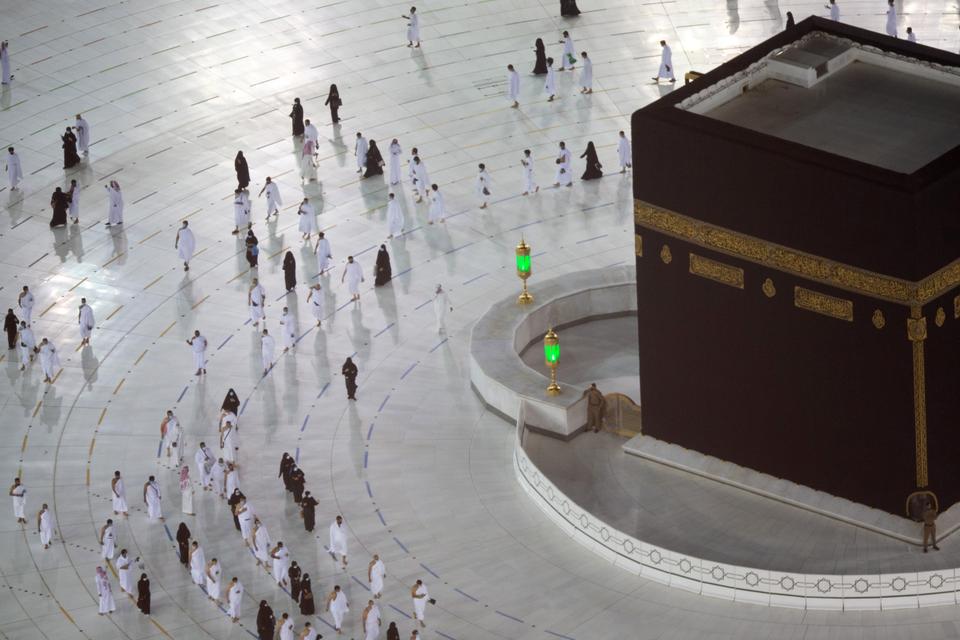Saudi Arabia has been in the tourism business for over a thousand years, thanks to the Hajj and Umrah. But the kingdom has big plans to develop its tourism sector to attract more foreign visitors and keep more Saudis vacationing at home.
Two of Islam’s holiest sites, Mecca and Medina, are now open to Muslims living in Saudi Arabia, after a 7-month Covid-19 pause.
Saudi Arabian citizens and residents living in the kingdom are now allowed to perform the Umrah pilgrimage at Islam’s holiest sites, Mecca and Medina, after a seven-month pause due to coronavirus concerns.
Phase one of a three-phase reopening programme, which began at midnight on Sunday, saw 6,000 people begin performing the pilgrimage under strict social distancing measures.
Umrah is an Islamic pilgrimage to Mecca and Medina undertaken at anytime of the year.
Last year, it attracted over 19 million people.
Saudi Arabia had instituted a freeze on pilgrimage due to concerns that it could easily have become a global super-spreader event for the virus.
Phases
Last month, state media reported the kingdom will initially allow 6,000 local pilgrims to perform Umrah from October 4, 2020.
This figure represents 30 percent of a revised capacity of 20,000 that takes into account precautionary health measures.
The second phase launches on October 18, and will allow a maximum of 15,000 pilgrims and 40,000 in for prayer from among residents and citizens based on allocated times via the app.
The final phase starts in November and will allow visitors from specific countries deemed safe to perform Umrah at 100 percent of the revised capacity, until the end of the pandemic.
Ready-made tourists
Pilgrims coming for Hajj and Umrah are also by default tourists and this directly benefits Saudi Arabia. They are aiming to attract 100 million tourists a year by the end of the decade and increase the number of religious visitors from 17 million to 30 million by 2025.
Visitors can enter the mosque to pray or perform Umrah, they will have to apply and reserve a specific time and date through an online application that launched on September 27, to avoid crowding and maintain social-distancing guidelines.
Visitors can also select via the app their means of transportation and meeting points.
The Grand Mosque houses the cube-shaped Kaaba that observant Muslims pray toward five times a day.
The kingdom held a dramatically downsized, symbolic Hajj pilgrimage in July for 1,000 citizens, who were tested for Covid-19 and quarantined, rather than the more than 2 million pilgrims normally hosted for the annual event.
Official data show Haj and Umrah earn the kingdom about $12 billion a year.
Covid-19 Situation
Saudi Arabia reported 419 new cases on Saturday bringing the country’s total to 325,824 infections and 4,850 deaths.
We hope that in the coming days there will be a significant reduction in these cases and the tourism sector in Saudi Arabia will be able to grow further.




